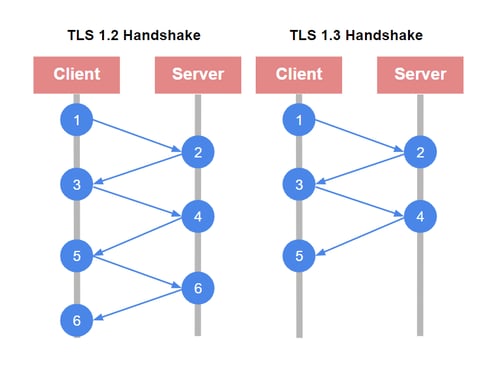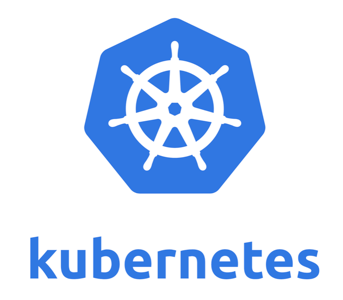Eclipse MicroProfile Enhancements in Payara Server Community 5.2020.6
Published on 13 Nov 2020
by Susan Rai
Topics:
Microservices,
MicroProfile,
Microsoft Azure,
Payara Community,
Config Source,
Google Cloud Platform,
DynaomoDB,
AWS,
Secrets Manager
|
0 Comments
The Payara Server Community 5.2020.6 release introduces a host of new enhancements to Eclipse MicroProfile, with MicroProfile Config containing most of these improvements. MicroProfile Config now comes with five new config sources for cloud key vaults and databases. The Payara Health Check Service has also been updated to monitor any Metrics exposed in the MicroProfile Metric, and it can now expose any HealthCheck checkers to the MicroProfile Health REST endpoints.
Payara Platform Supports TLS 1.3 on JDK 8
Published on 13 Mar 2020
by Susan Rai
Topics:
Security,
JakartaEE,
Payara Server,
JDK 8,
Java 8,
TLS,
TLS 1.3
|
0 Comments
Transport Layer Security (TLS) was introduced as a replacement for Secure Sockets Layer (SSL). TLS is a cryptographic protocol which provides secure communication between a client and a server. It also provides a mechanism by which information is not tampered with, falsified or read by anyone other than the intended receiver. TLS 1.3 was released in August 2018 to replace the widely used TLS 1.2. TLS 1.3 comes with stronger cryptographic algorithms and brings in major improvements in performance, security and privacy, which will be discussed in this blog.
Payara Platform and Amazon Corretto
Published on 13 Dec 2019
by Susan Rai
Topics:
Oracle JDK,
JDK 8,
OpenJDK,
JDK 11,
Corretto,
Amazon Corretto
|
0 Comments
Amazon Corretto is a distribution of the Open Java Development Kit (OpenJDK) provided by Amazon. It's free to use, comes with long-term support, is production-ready and supported in multiple platforms, which means that it can run in the cloud, on-premise, and on your local machine. With Corretto, you can run Payara on popular operating systems, including Linux, Windows and macOS. It is certified using Java Technical Compatibility Kit (TCK) to meet Java SE standard and can be used as a drop-in replacement for most JDK distributions.
Thinking About Migrating to Hybrid Cloud?
Published on 13 Aug 2019
by Susan Rai
Topics:
Cloud,
Amazon Cloud,
Hybrid Cloud
|
1 Comment
Did You Know? You Can Now Rotate Access Log on Date Change in Payara Platform 5.191
Published on 12 Mar 2019
by Susan Rai
Topics:
Payara Platform 5,
Payara Server,
New Releases
|
0 Comments
Did You Know? Payara Server Comes with Autocomplete Asadmin Commands!
Published on 26 Feb 2019
by Susan Rai
Topics:
Payara Platform 5,
Payara Support,
New Releases
|
0 Comments
Did You Know? Payara Server Now Comes with MicroProfile Admin Console Integration!
Published on 07 Nov 2018
by Susan Rai
Topics:
Payara Micro,
MicroProfile,
Payara Platform 5,
New Releases
|
0 Comments
Did You Know? Payara Server and Payara Micro Come with HealthCheck Service
Published on 09 Jul 2018
by Susan Rai
Topics:
Payara Micro,
Healthcheck,
Monitoring,
Payara Server
|
0 Comments
Kubernetes Native Discovery with Payara Micro
Published on 20 Dec 2017
by Susan Rai
Topics:
Payara Micro,
Microservices,
Hazelcast,
Clustering,
Cloud,
Kubernetes
|
1 Comment
Payara Micro supports Hazelcast out of the box, and can be used for clustering. This allows members in the cluster to distribute data between themselves, amongst other things. By default, Hazelcast comes with multiple ways to discover other members in the same network. A multicast discovery strategy is commonly used for this purpose; a multicast request is sent to all members in a network and the members respond with their IP addresses. Another strategy must be employed if a member cannot or does not wish to provide their IP address.
Running Payara Server on the Zulu JVM
Published on 28 Apr 2016
by Susan Rai
Topics:
Payara Server Basics,
How-to,
GlassFish basics,
JVM
|
0 Comments










